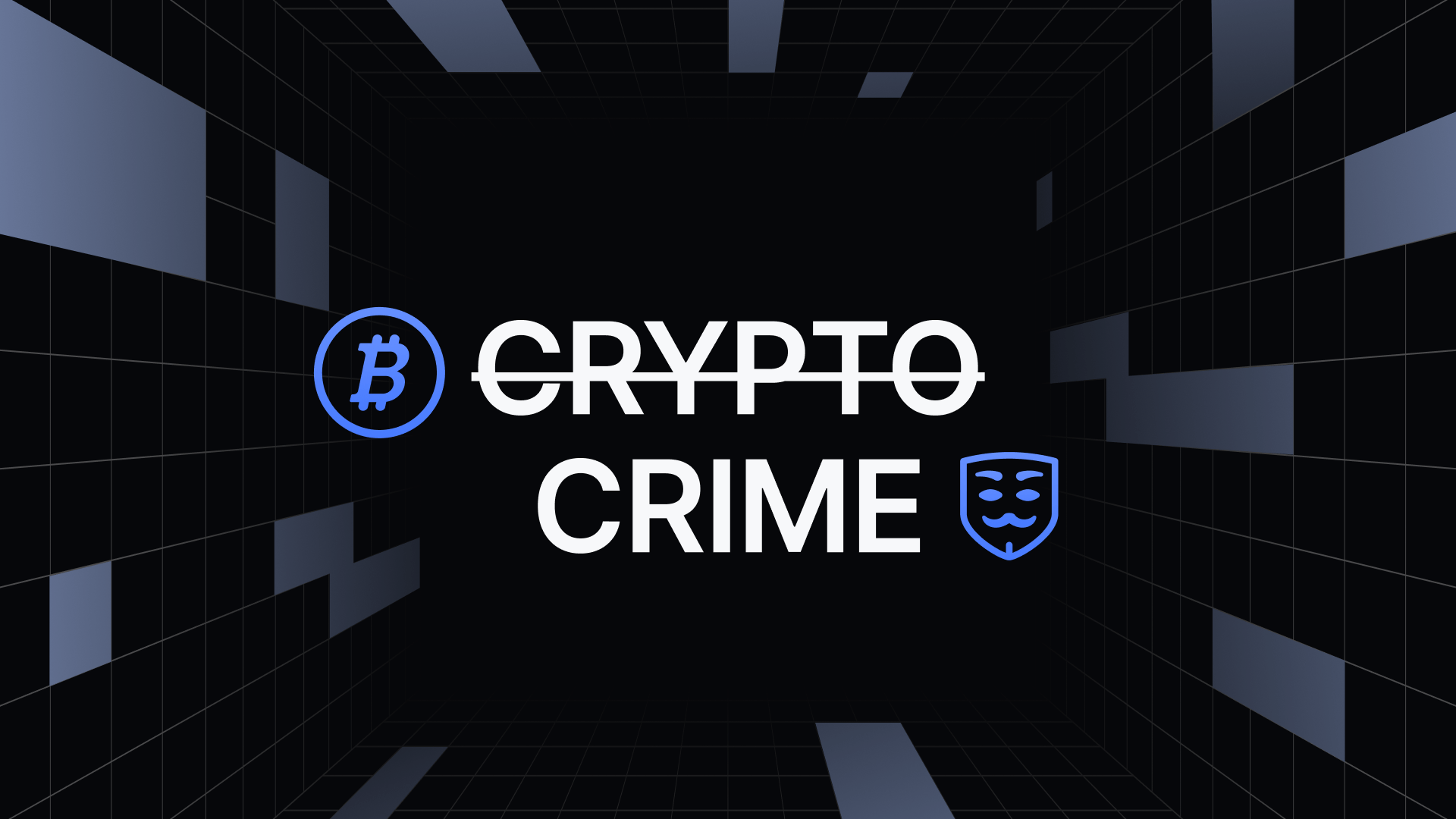As cryptocurrency payments’ rising popularity is gaining momentum, criminals have also adapted to using incognito payments in their pursuit of monetary goals and crypto crime.

2023 saw a significant drop in value received by illicit cryptocurrency addresses, to a total of $24.2 billion compared to $39.7 billion in 2022.
According to the latest report published by Chainalysis a recent activity of cybercriminals in 2023 has been impressively impaired since the introduction of new detection tools by various cybersecurity companies.
However, as we further study the trends in cybercrimes, we notice a phenomenon of “more investments in detection tools = more cyber crimes”.
Chainalysis defines this phenomenon in terms of the development of detection tools: “One year from now, these totals will almost certainly be higher, as we identify more illicit addresses and incorporate their historic activity into our estimates.”
To further support this claim Chainanalysis updated its 2022 crypto-crime report a year later, stating that a significant amount of loss went unnoticed and the estimate grew from $24,2 to $39.6, highlighting the “cat and mouse game” between the development of detection tools and criminal’s ability to hide the illicit transactions among the others.
Another key reason for identifying the additional sources of criminal income is the expanding network of companies under political sanctions. For example, if the report finds out that a certain company has been helping a state to avoid sanctions – this data will only impact the mentioned report in the past tense, rather than the present.
Finally, it is important to mention that specific crime activities such as “drug trafficking” are “virtually indistinguishable from licit transactions in on-chain data”, whenever analysed only throughout the chain. On the contrary, this data can definitely be distinguished when required by law enforcement.
When talking about the dominant cryptocurrency for crime activities, many associate Bitcoin as the primary means of funding crime, however, the chainanalysis highlights the recent changes in this regard: “Through 2021, Bitcoin reigned supreme as the cryptocurrency of choice among cybercriminals, likely due to its high liquidity. But that’s changed over the last two years, with stablecoins now accounting for the majority of all illicit transaction volume. This change also comes alongside recent growth in stablecoins’ share of all crypto activity overall, including legitimate activity. However, stablecoin dominance isn’t the case for all forms of cryptocurrency-based crime.”
However, “Some forms of illicit cryptocurrency activity, such as darknet market sales and ransomware extortion, still take place predominantly in Bitcoin. Others, like scamming and transactions associated with sanctioned entities, have shifted to stablecoins”, states the Chainalysis report.
The report has highlighted 9 key areas of crime:
- Ransomware
- Money Laundering
- Stolen Funds
- Market Manipulation
- CSAM
- Sanctions
- Terrorism Financing
- Darknet Markets
- Scams
Even though the sphere of cybercrime and crypto crime is often larger, identifying the key 9 “markets” allows us to understand the operating volume and how it can be prevented.
Source: Chainalysis
As can be seen from the data provided by Chainalysis, the significant growth of crypto crimes from 2021 to 2022 is indicated by the development of the detection technology and a geopolitical conflict in Eastern Europe, which in this case – was the reason for the breach of sanctions throughout the blockchain transactions.
In its most recent yearly report from 2023, Chainalysis found a decreasing tendency to use Cryptocurrencies for crimes against individuals and rather a continuing criminal focus on “sanction breach” which directly impacts the international economy and geopolitics.
Later on in further we will examine each of the 9 mentioned subjects individually, including the detailed guide on how to prevent it and not become a victim of fraud in an attempt to hide the traces of one’s crime.

